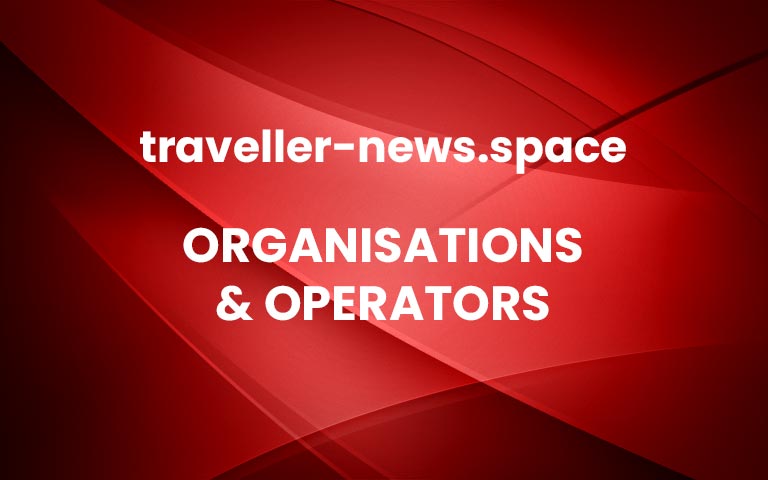Riyadh Air joins United Nations Global Compact
Riyadh Air, Saudi Arabia’s new world-class airline, has announced it has joined the United Nations Global Compact (UNGC), the world’s largest corporate sustainability initiative that promotes responsible business practices and the advancement of the Sustainable Development Goals (SDGs).In a letter to António Guterres UN Secretary General, Riyadh Air CEO Tony Douglas officially committed Riyadh Air to implementing the Ten Principles of the UN Global Compact. As active participants of the UNGC, Riyadh Air will adopt sustainable and socially responsible policies in areas such as human rights, labor, environment, and anti-corruption and report on progress on these efforts regularly.
As part of its aim to support the advancement of the 17 United Nations Sustainable Development Goals (SDGs) working alongside partners and stakeholders to drive progress towards these goals by 2030. Riyadh Air will also publish its first Sustainability Report in advance of its maiden in mid-2025.
Tony Douglas CEO Riyadh Air said, “At Riyadh Air, we are conscious of our environmental impact and committed to actively contributing to the Kingdom’s sustainability goals, adopting world-class practices and leading our industry in integrating ESG into every area of our business.”
“Our modern Boeing 787-9 Dreamliner aircraft and GeNX 1B engine are widely acknowledged for their improved environmental impact considerations, and more broadly ESG strategies are front and center to every aspect of how Riyadh Air operates. We pledge to take no shortcuts and sustainability will run throughout the airline, from flight and ground operations to the office culture, to transportation and even to Riyadh Air employees at home. As a start-up airline this a golden opportunity to do the right thing in the right way, from Day 1,” continued Douglas.
Launched in July 2000 the UNGC is a voluntary UN agreement designed to encourage companies from around the world to develop, implement and disclose responsible and sustainable corporate policies and practices. Through the UNGC Riyadh Air will also benefit from access to a wide range of tools and resources to enhance learning, training and development for its team in all areas of sustainability. ADVERTISEMENTIbrahim Alhelali, Executive Director, UNGC said, “We are pleased to announce that Riyadh Air has joined the UN Global Compact network in Saudi Arabia. Their commitment to aviation sustainability is evident in their decision to join the network one year prior to commencing operations, showcasing their dedication to responsible business practices.”
Set to take to the skies in 2025, Riyadh Air aims to become the world’s most forward-thinking carrier embracing the best sustainability practices, elevating air travel, and setting a new standard for reliability, comfort, and hospitality. As a full-service and digitally-native carrier, Riyadh Air will pioneer new technologies and innovations whilst offering guests authentic and warm Saudi hospitality.
As a catalyst for the National Transport and Logistics Strategy playing a key role in contributing to Saudi Arabia’s wider economic diversification and jobs creation, toward realizing Vision 2030 goals, Riyadh Air is set to fly to more than 100 destinations, contribute to KSA non-oil GDP growth by USD 20 billion and directly and indirectly creating over 200,000 new jobs globally and locally.
Older
Disney Destiny Will Bring Stories of Legendary Disney Heroes and Villains to Life
Newer
Visit Qatar Partners with Wego to Boost Traveler Engagement and Tourism More


